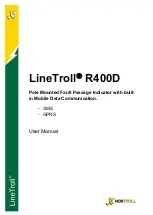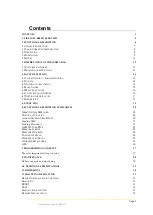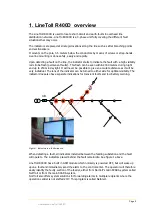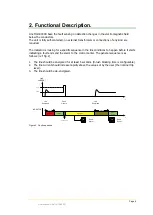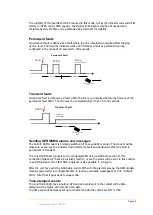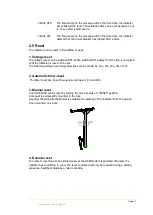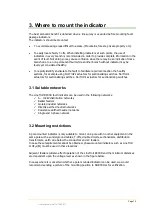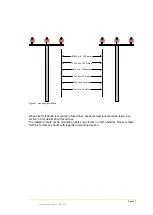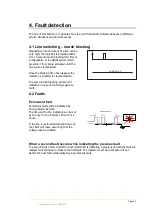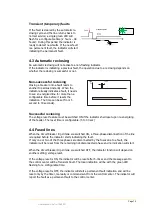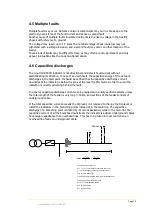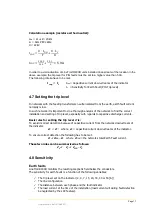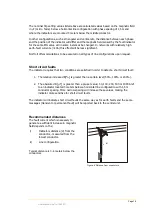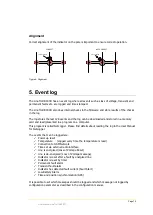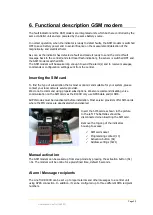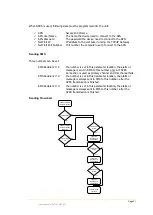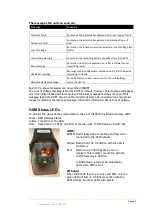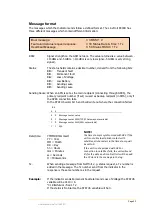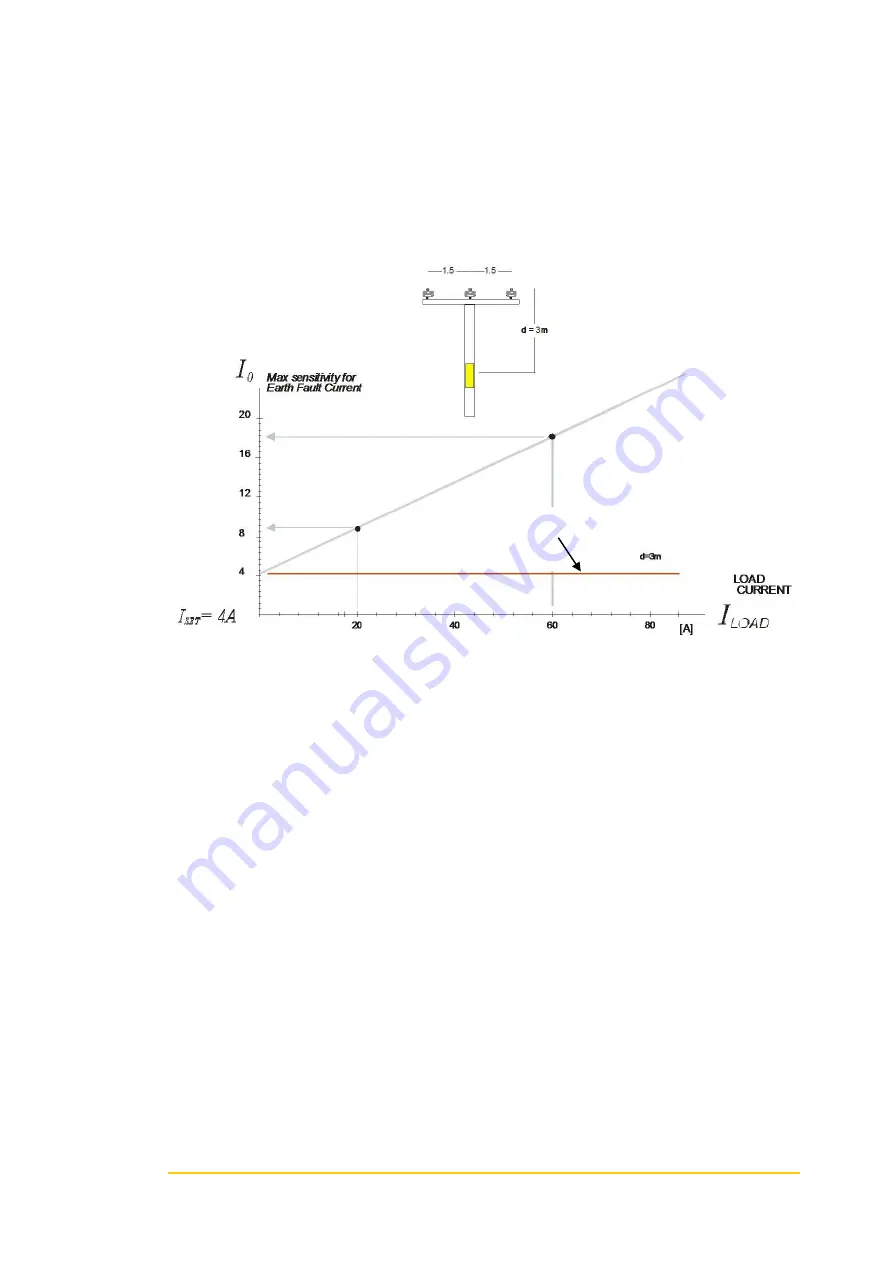
Page 8
User Manual LineTroll R400D
2.2 Load Current Compensation
Traditional fault passage indicators have sensitivity for PtG-faults that depend on the load
current.
High load current causes the indicator to be less sensitive for PtG-faults. In LineTroll R400D,
this problem is overcome with the Load Current Compensation feature (LCC).
Figure 4, Load current compensation
The LCC feature means that the sensitivity for PtG faults will remain unchanged regardless of
the load current. This will result in a more accurate detection of sensitive earth faults and
LineTroll R400D can detect PtG faults as low as 2A.
2.3 Operation
Installation and mounting
The indicator must be calibrated to the normal line conditions during the installation of the
device. This gives the indicator a “picture” of the B
-field below the conductors which will be
the basis for detecting changes in the B-field when a fault occurs. This means the indicator
must be installed when the line is energized.
The indicator continuously monitors the load current in order to adjust to the line conditions at
any given time.
Inrush blocking time
Before any faults can be detected, the line must be energized more than 5 seconds. The
inrush restraint algorithm avoids false indication upon energizing of the feeder. (Time is
configurable).
With LCC

